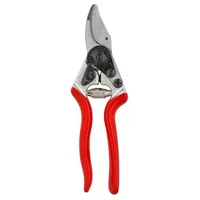Don't grow these 5 plants next to your home — they can cause serious damage
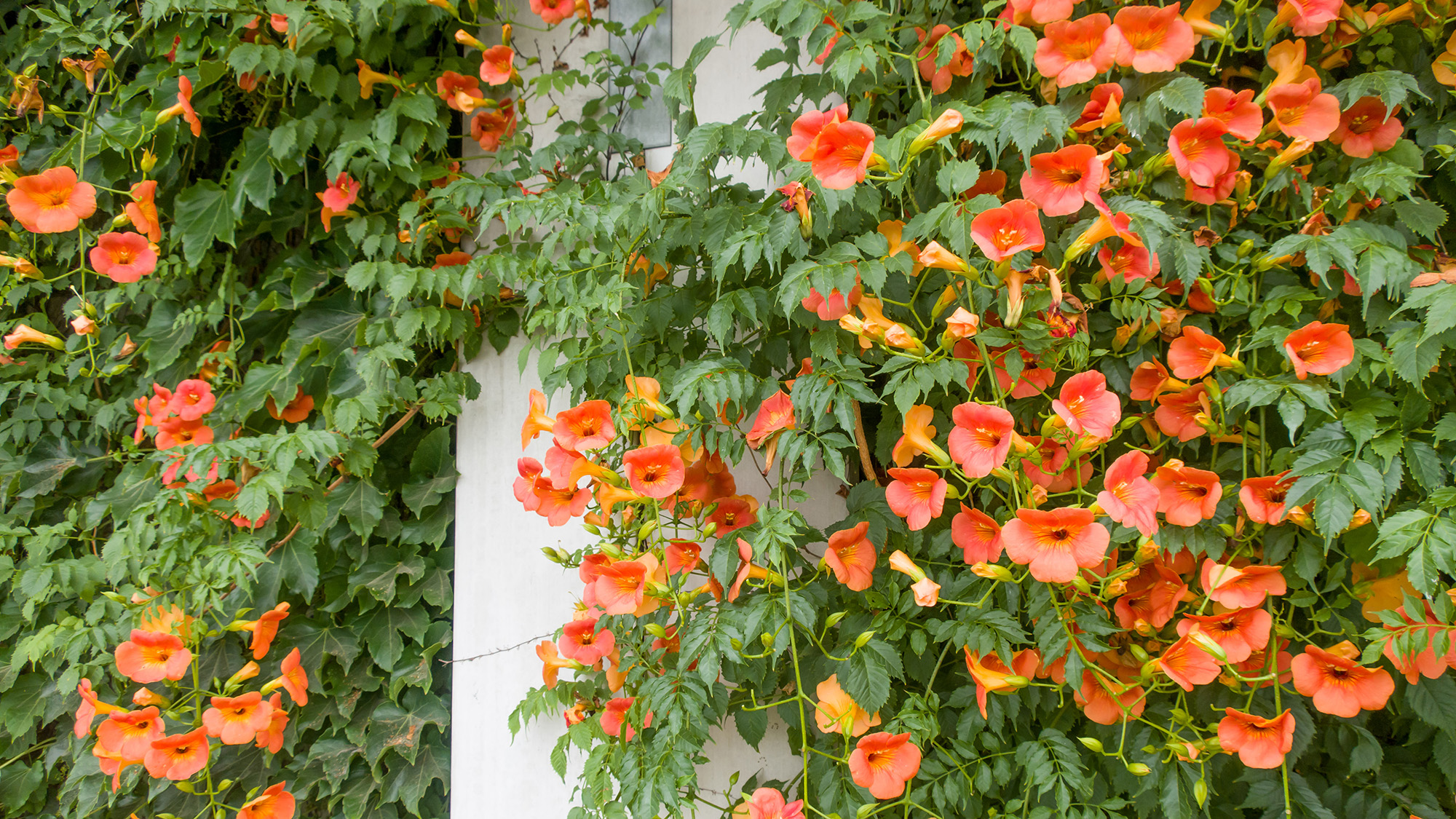
Plants and shrubs add a beautiful accent to any home, and can form a stunning backdrop to set off a property. However, before choosing any plant that you take a particular fancy to, if you are growing trees and plants near your home, you need to be particularly careful what you choose.
I made a big mistake when I planted an eucalyptus in my backyard, as it grew far bigger than I was expecting, and subsequently it had to be dug up. It would have been an even bigger disaster if it had been planted close to my house.
So, when you’re adding plants next to your property, you need to give careful consideration to what you select. How big will it grow? Will the roots damage the foundations of your home and plumbing, or will they lift up paths and driveways? Will the plant damage masonry, guttering, or roofing?
My intention isn’t to take the joy out of brightening up your surroundings with plants, but to warn you of the dangers of putting the wrong plant in the wrong place.
To help you avoid making a planting mistake, I’ve gathered five of the worst culprits that you should never plant next to your home.
1. English ivy
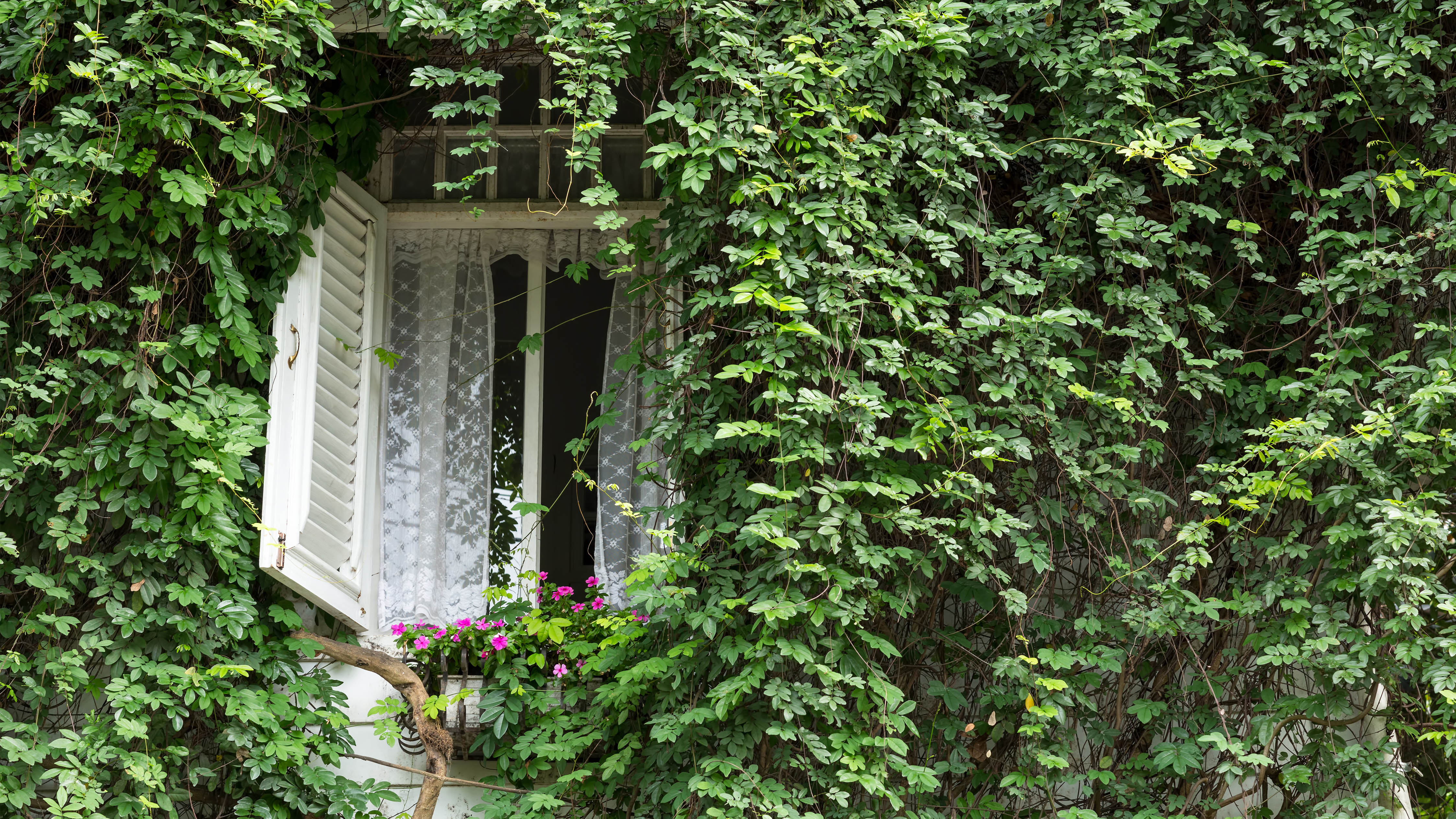
English ivy is an invasive climber that can quickly take over your home by working its way into small cracks and crevices in your walls, ultimately damaging the structure of your home. If grown against walls, ivy will trap in moisture, increasing the likelihood of mold growth — another major issue you’ll want to avoid.
What’s more, if you try to remove ivy, the vines will work against you, and they will cling to your siding, causing damage as you pull.
Get instant access to breaking news, the hottest reviews, great deals and helpful tips.
2. Trumpet vines
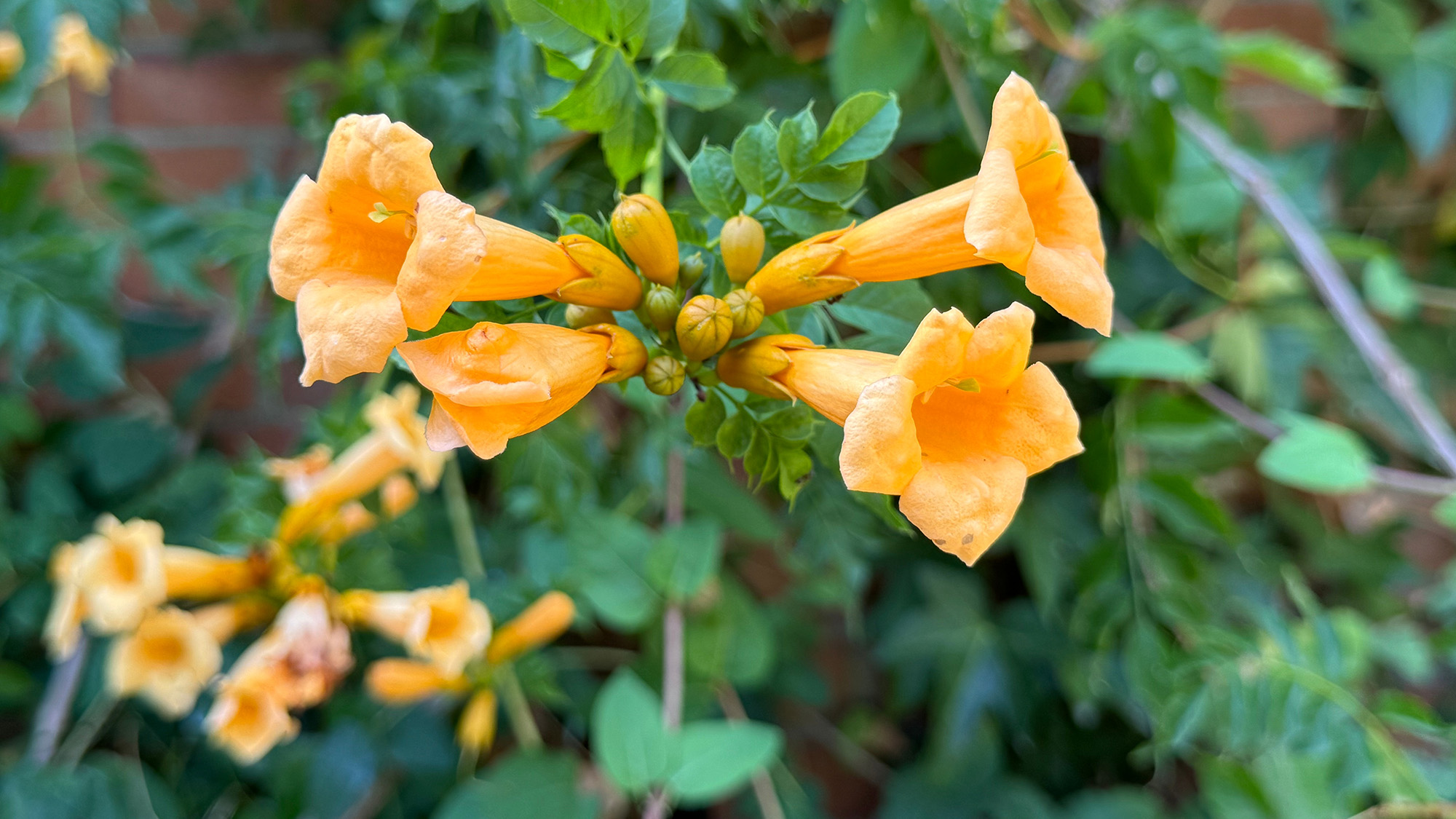
Trumpet vine is an attractive deciduous, woody climber with orange and scarlet blooms, and it will attract hummingbirds to your yard. However, although it will add a splash of color to your home and attract the birds and the bees, it likes to cling.
The USDA states it’s an invasive weed and “if not controlled, rampant growth will become a problem”. It advises thinning it throughout the growing season and cutting it back in winter to prevent aggressive spread.
But apart from its fast growth, it shoots out aerial roots, which cling onto walls, helping it climb. It also self-seeds, sending out unwanted new plants where you hadn’t intended.
3. Wisteria
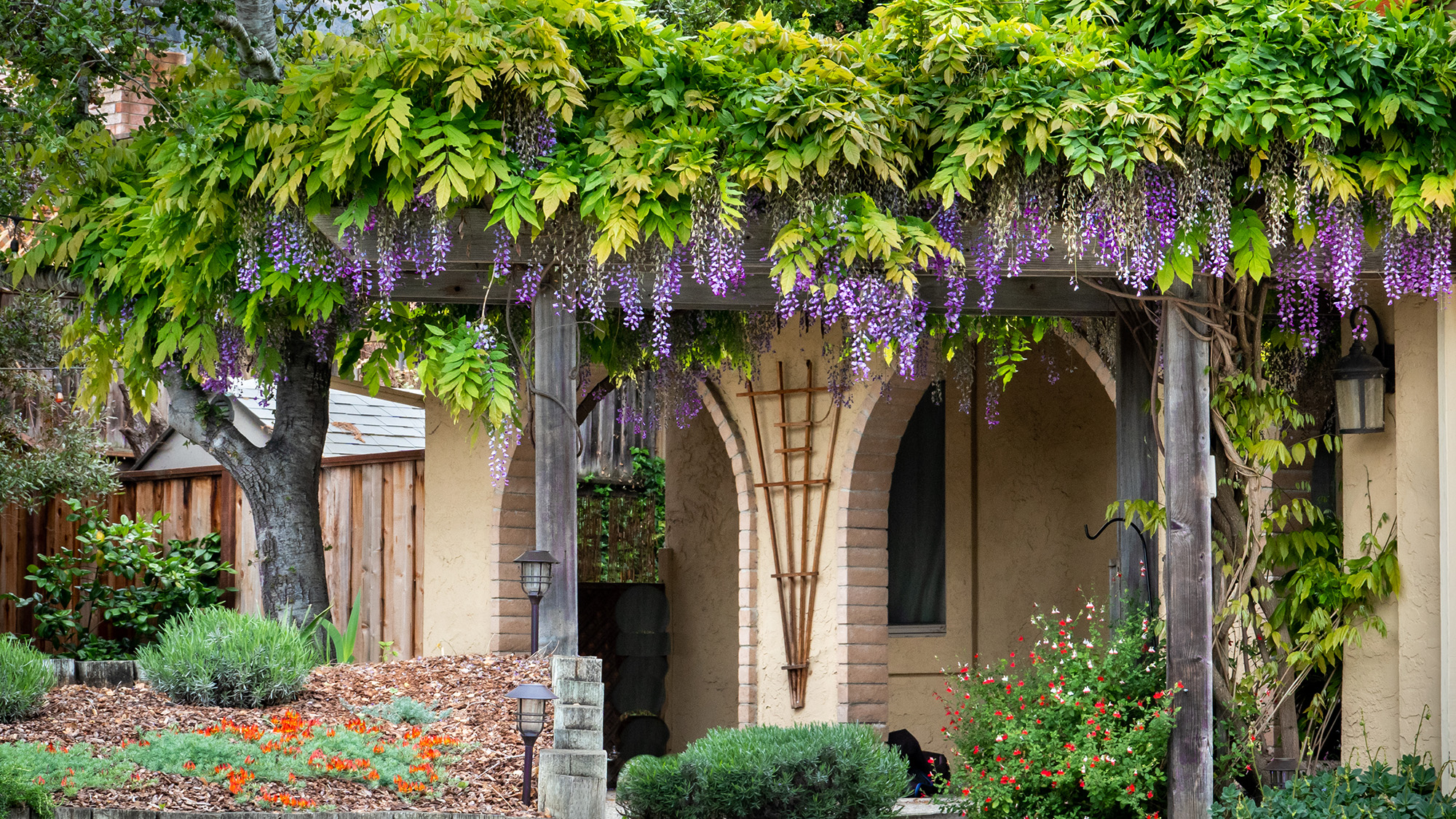
Wisteria’s blooms make a beautiful display when they adorn the front of houses. But, before you plant this vine, consider the pitfalls. Once in full flourish, the heavy vines wrap around trellis, rails, and gutters, and will cause damage to your home.
Non-native varieties, such as Chinese and Japanese wisteria, are recognised as nuisance plants in many states, and can grow up to 60 feet a year, making them tough plants to manage. However, the wisteria native to the U.S., Wisteria futescens, is a bit less aggressive, although it can still grow up to 30 feet tall a year, and its roots can cause serious damage if planted next to your house.
I have the good fortune of being able to admire a neighbor’s wisteria without the work involved in keeping one tame. But if you do decide to plant a wisteria next to your house, make sure to prune it regularly to ensure it doesn’t get out of hand.
These high-quality, Swiss-made pruners have a hardened steel blade capable of cutting 0.8 inches of material. The smooth, red handle is ergonomically designed to provide comfort while cutting. These pruners are ideal for medium-sized hands.
4. Arborvitae
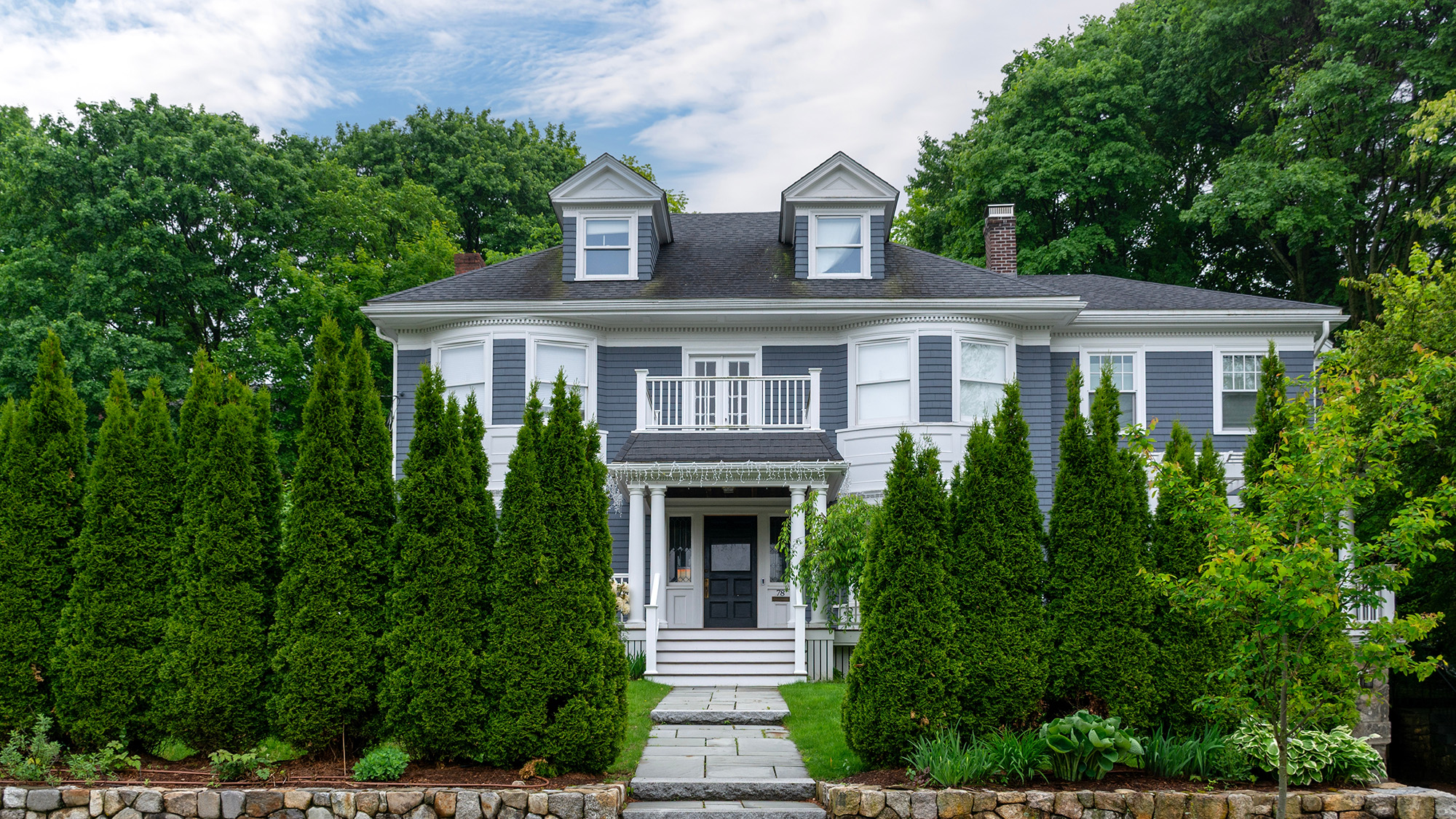
Arborvitae is often chosen as an evergreen hedge to provide privacy, as its dense, compact growth provides an ideal screen. However, although it’s a fast grower and may seem the perfect choice if you’re looking for a quick hedge, it keeps on growing. The ‘Green Giant’ can grow three feet in a year and can reach 50-60ft when mature, with a 12-20ft span.
So, unless you prune your tree regularly, it will soon become an unmanageable monster on your doorstep.
But, unlike other trees, it only has shallow roots, so it’s unlikely to damage your foundations or surrounding pipe work. However, it’s best to keep it a safe distance from your home to prevent the risk of branches growing into structures.
5. Bamboo
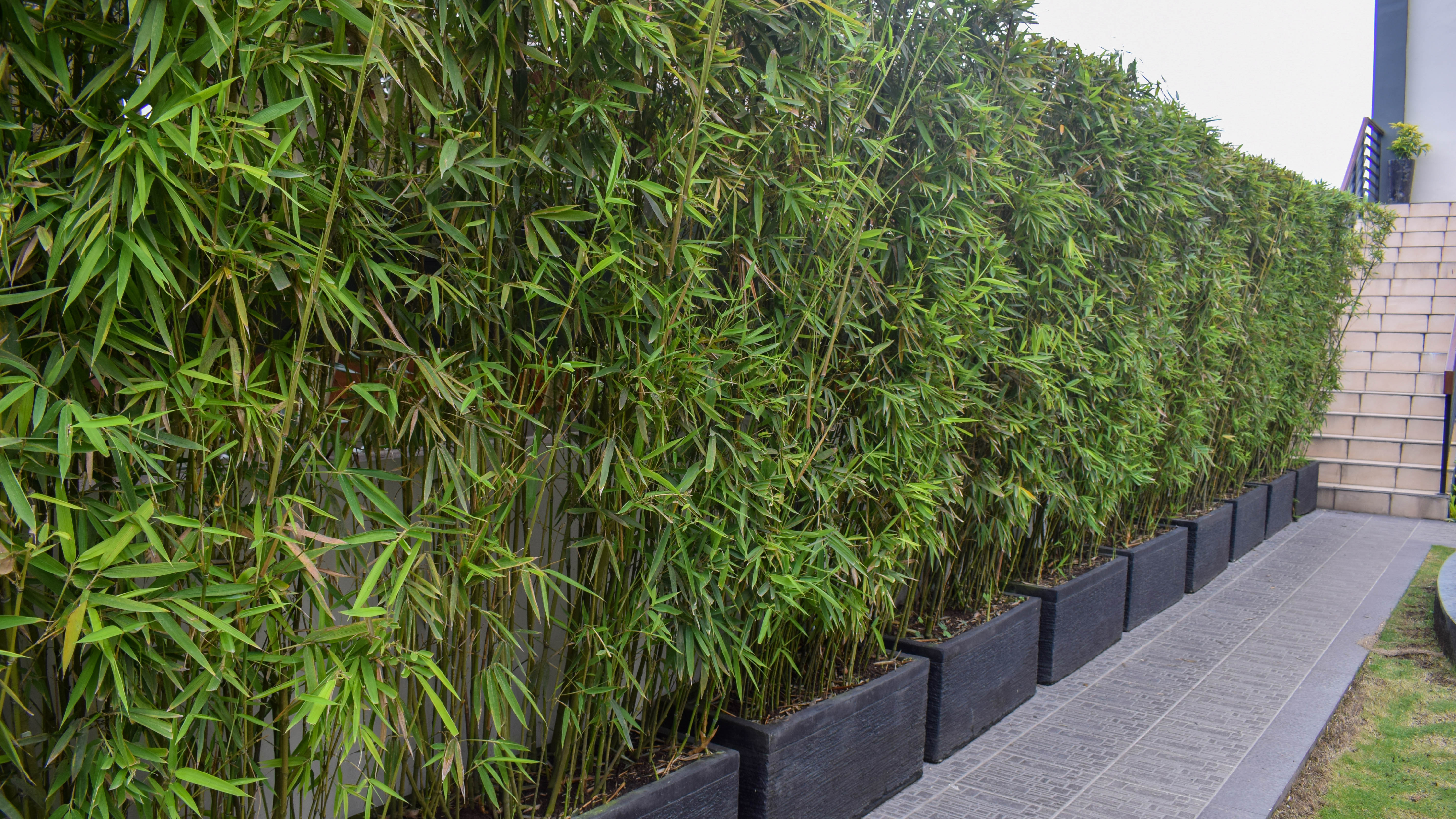
Bamboo can add a touch of intrigue to frame your home, and I grow one in a container to add privacy. However, when planted in the ground without the root restriction of a pot, it can become overgrown. One Tree Planted states that according to Guinness World Records, the fastest-growing species of bamboo can grow up to 35 inches in a day.
There are two types of bamboo, with one being more invasive than the other. If you pick running bamboo, the rhizomes grow horizontally and can spread in cracks and crevices, causing damage to your foundations, floors, and plumbing. However, the rhizomes of clumping bamboo grow vertically and aren’t invasive.
More from Tom's Guide
- How to stop ground ivy taking over your lawn
- Gardeners urged not to use this invasive plant that could seriously damage homes and yards
- How to stop neighbors' weeds invading your lawn — 5 expert tips

Camilla is the Homes Staff Writer and covers everything to do with homes and gardens. She has a wealth of editorial experience, mounting over 30 years, and covers news and features, tests products for reviews and compiles buying guides.
Her work has appeared in business and consumer titles, including Ideal Home, Real Homes, House Beautiful, Homebuilding & Renovation, and Kitchen & Bathroom Business. She’s even appeared on the cover of Your Home, writing about her own house renovation.
Although she’s obsessed with decorating her home, she also enjoys baking and trying out the latest kitchen appliances. But when she’s not inside, you’ll find her pottering about in her yard, tending to her vegetable patch or taking in her prized hydrangeas.
You must confirm your public display name before commenting
Please logout and then login again, you will then be prompted to enter your display name.
